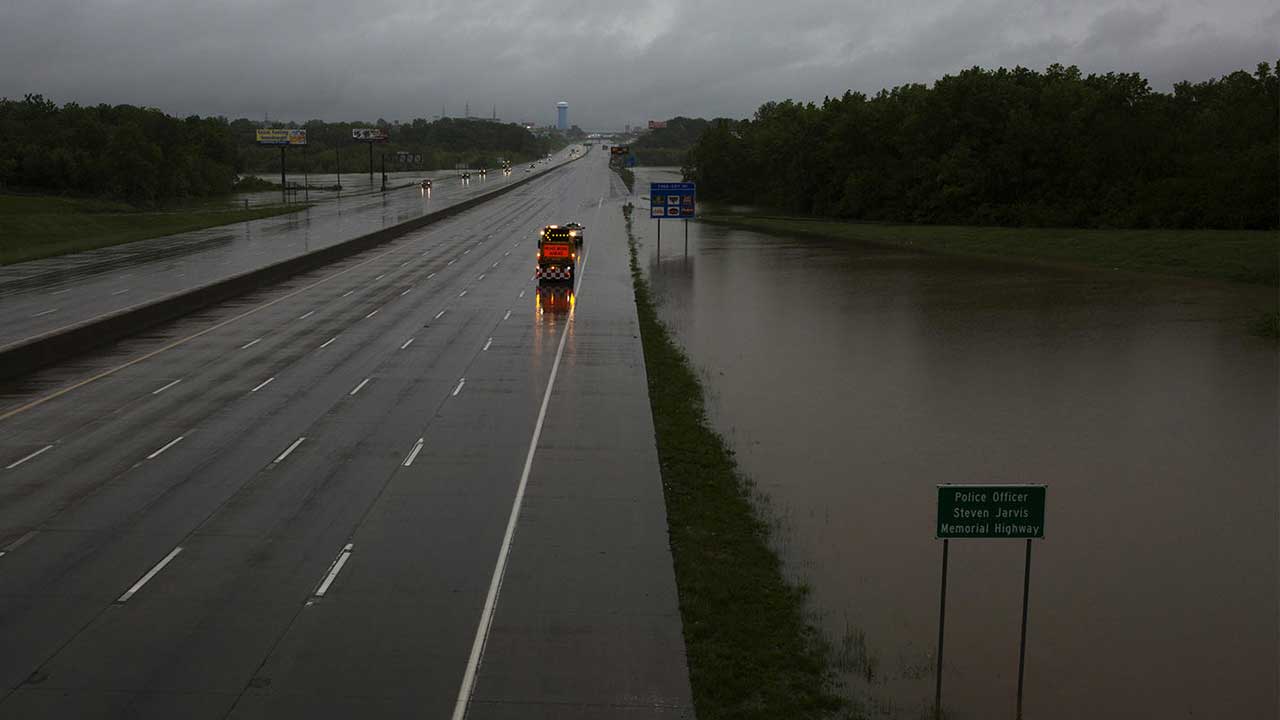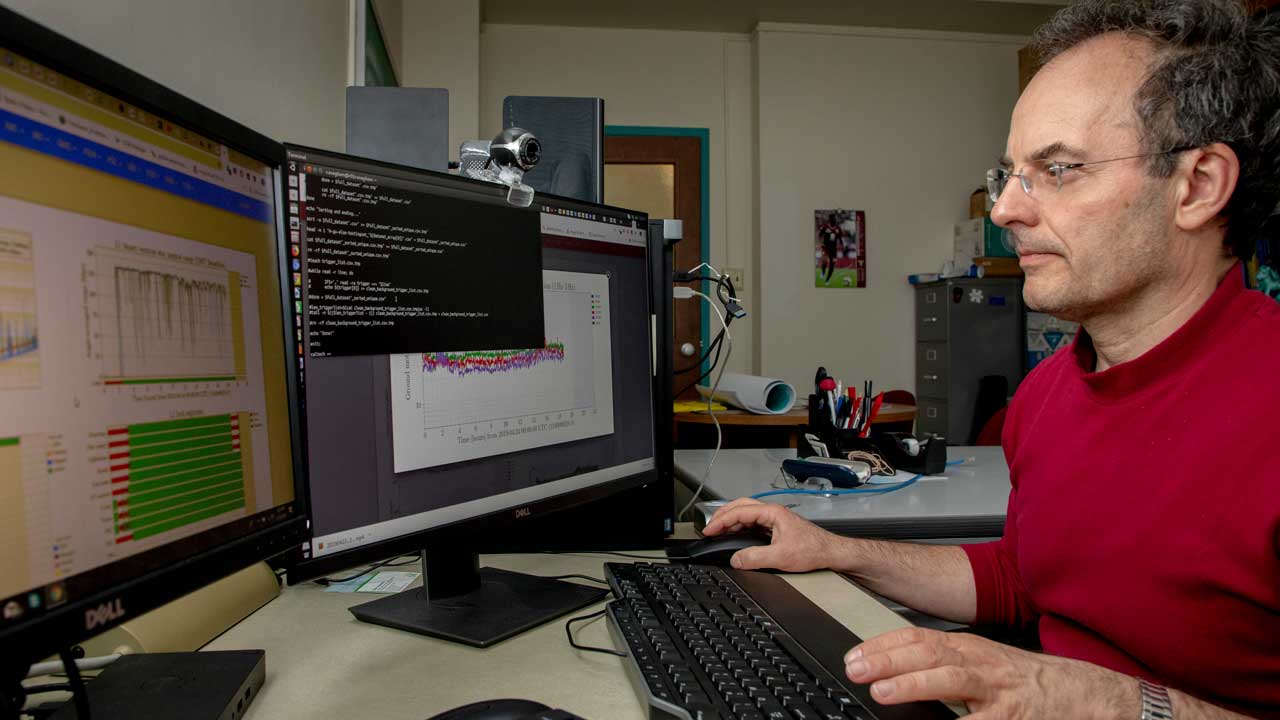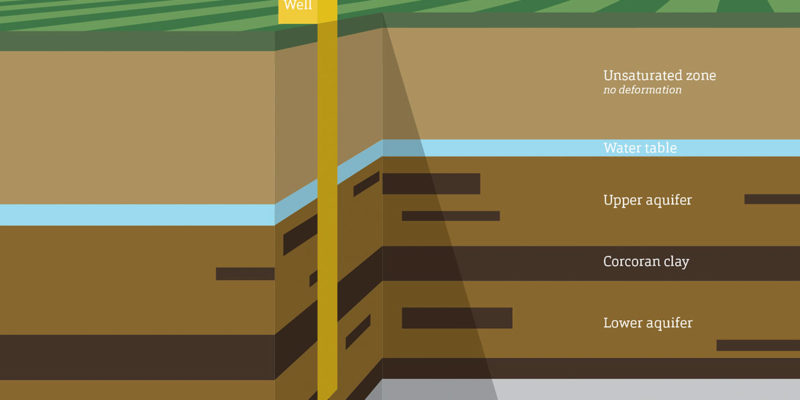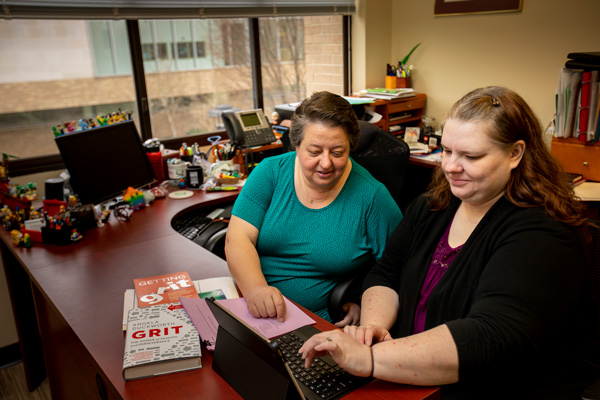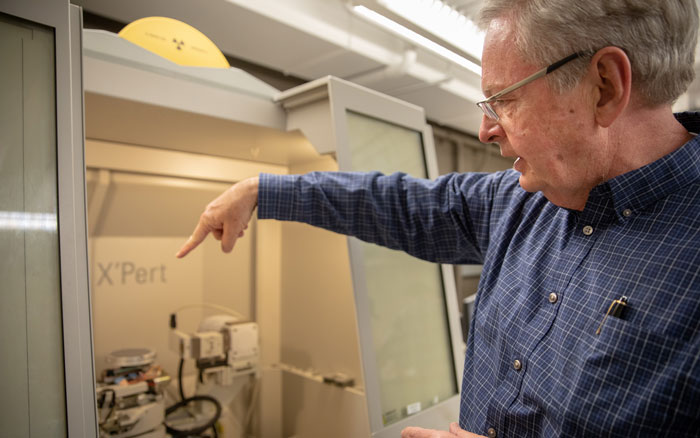Author: magazine
Deep learning to escape deep water
Artificial intelligence (AI) may soon help transportation agencies and first responders determine the best evacuation routes during floods, thanks to the work of Missouri S&T researchers.
Read More »At the forefront of astrophysics research
Using two 4-kilometer-long laser interferometers located in Washington and Louisiana, scientists with the Laser Interferometer Gravitational-wave Observatory (LIGO) detected a weak 1.3 billion-year-old signal from the collision of two black holes. The discovery proved the existence of the gravitational waves Albert Einstein predicted in his general theory of relativity.
Read More »Groundwater mapping, managed flooding may help stop sinking
Parts of California’s Central Valley, the state’s most productive farm region, sunk as much as 28 feet during the first half of the 20th century, and if modeling is accurate, the ground will sink another 13 feet or more over the next 20 years.
Read More »Welcome to the library
On July 1, Hsin-liang “Oliver” Chen, joined S&T as dean of the Curtis Laws Wilson Library.
Read More »True grit
Grit, or strength of character, can predict the academic success of college students more accurately than standardized test scores or demographic indicators, according to current psychological studies.
Read More »A new spin on thin films
You could say Jay A. Switzer is a spin doctor of sorts. The materials scientist and his research team have devised a way to create high-performance inorganic thin films. Also known as epitaxial films, they are used in the manufacture of semiconductors.
Read More »Miner Fest Registration
Register online at mineralumni.com/homecoming or call 800-JOMINER (800-566-4637). Alumni should pick up their registration packets at the Homecoming Welcome Table:10 a.m.–6 p.m. Friday, Oct. 4, Hasselmann Alumni House10:30 a.m.–1 p.m. Saturday, Oct. 5, Alumni Tent, Gale Bullman Building parking lot
Read More »Academy inductions
In April, 38 alumni and friends were inducted into Missouri S&T academies. Academy membership recognizes careers of distinction and invites members to share their wisdom, influence and resources with faculty and students. Some academies hold induction ceremonies in the spring, others in the fall.
Read More »